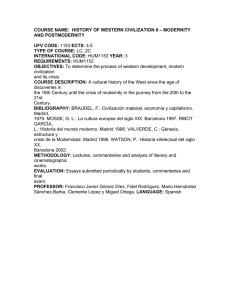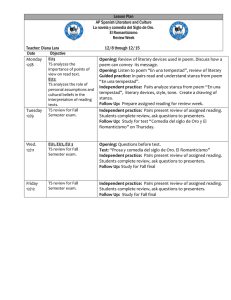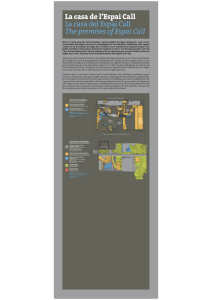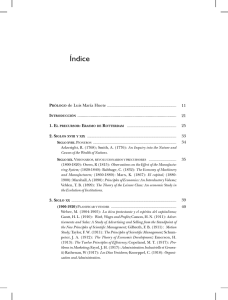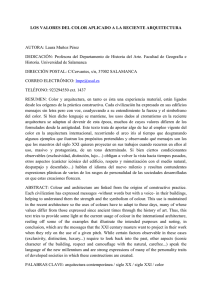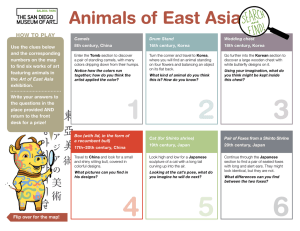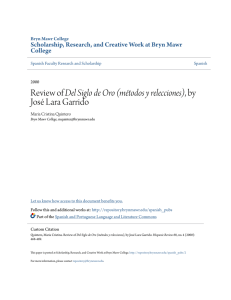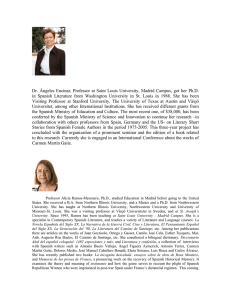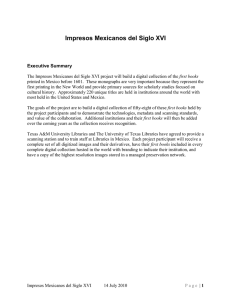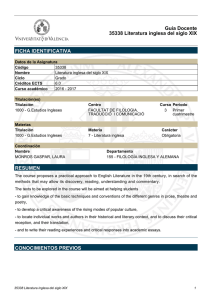Pliegos sueltos, periódicos y fascículos Newsletters, newspaper
Anuncio
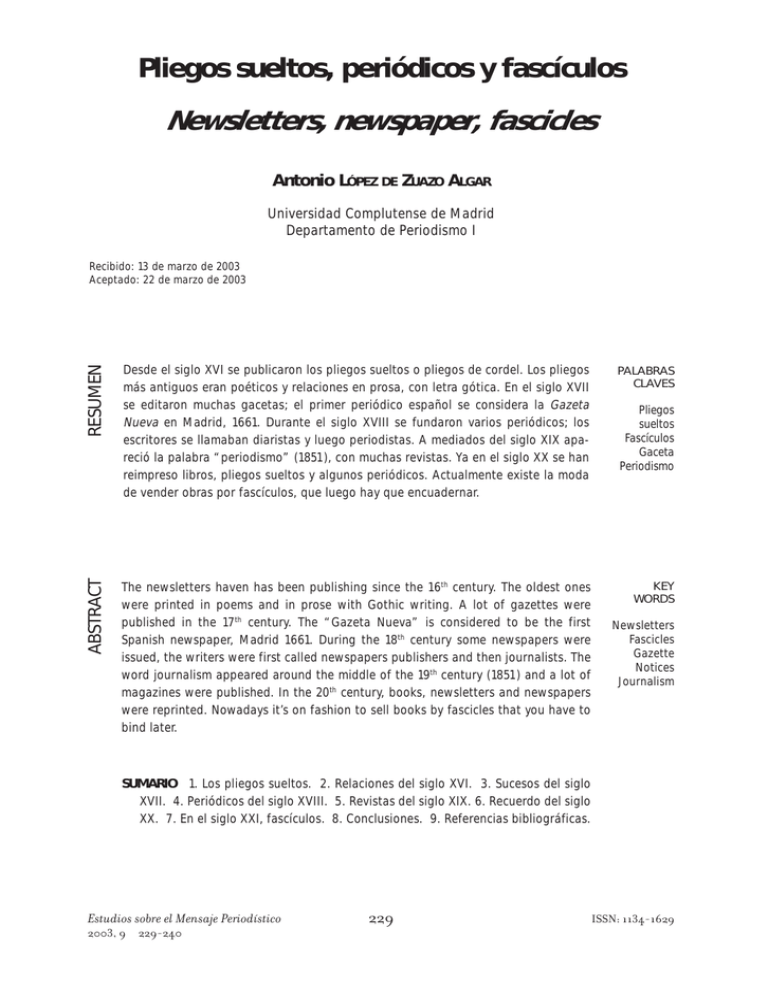
Pliegos sueltos, periódicos y fascículos Newsletters, newspaper, fascicles Antonio LÓPEZ DE ZUAZO ALGAR Universidad Complutense de Madrid Departamento de Periodismo I RESUMEN Desde el siglo XVI se publicaron los pliegos sueltos o pliegos de cordel. Los pliegos más antiguos eran poéticos y relaciones en prosa, con letra gótica. En el siglo XVII se editaron muchas gacetas; el primer periódico español se considera la Gazeta Nueva en Madrid, 1661. Durante el siglo XVIII se fundaron varios periódicos; los escritores se llamaban diaristas y luego periodistas. A mediados del siglo XIX apareció la palabra “periodismo” (1851), con muchas revistas. Ya en el siglo XX se han reimpreso libros, pliegos sueltos y algunos periódicos. Actualmente existe la moda de vender obras por fascículos, que luego hay que encuadernar. PALABRAS CLAVES ABSTRACT Recibido: 13 de marzo de 2003 Aceptado: 22 de marzo de 2003 The newsletters haven has been publishing since the 16th century. The oldest ones were printed in poems and in prose with Gothic writing. A lot of gazettes were published in the 17th century. The “Gazeta Nueva” is considered to be the first Spanish newspaper, Madrid 1661. During the 18th century some newspapers were issued, the writers were first called newspapers publishers and then journalists. The word journalism appeared around the middle of the 19th century (1851) and a lot of magazines were published. In the 20th century, books, newsletters and newspapers were reprinted. Nowadays it’s on fashion to sell books by fascicles that you have to bind later. KEY WORDS Pliegos sueltos Fascículos Gaceta Periodismo Newsletters Fascicles Gazette Notices Journalism SUMARIO 1. Los pliegos sueltos. 2. Relaciones del siglo XVI. 3. Sucesos del siglo XVII. 4. Periódicos del siglo XVIII. 5. Revistas del siglo XIX. 6. Recuerdo del siglo XX. 7. En el siglo XXI, fascículos. 8. Conclusiones. 9. Referencias bibliográficas. Estudios sobre el Mensaje Periodístico 2003, 9 229-240 229 ISSN: 1134-1629
